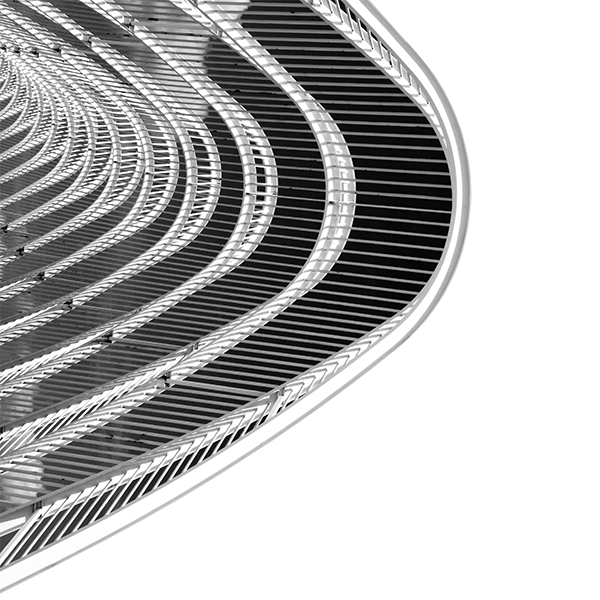Integrated Antenna Performance Evaluation
Determining Efficiency of HF Aircraft-Coupled Antennas in Composite Aircraft using EMA3D
EMA has effectively demonstrated a method of evaluating aircraft-coupled communication antenna efficiency which uses the entire aircraft as a radiator by simulating the antenna input impedance with the EMA3D finite difference time domain (FDTD) code. The effect of the use of carbon-fiber reinforced polymer (CFRP) composites in major aircraft structures on antenna performance is presented using a simple example.
Conformal shunt and loop antennas, like the HF antenna modeled on the vertical stabilizer of the demonstration aircraft, reduce drag, allowing for fuel savings and subsequently lower operating costs. For antennas in the HF frequency range (2 MHz to 30 MHz), the aircraft itself is part of the radiator. These antennas typically have poor efficiency at the lower end of the HF band because at those frequencies the radiation resistance is on the order of the loss resistance. The use of composites such as CFRP with lower conductivity on the aircraft can exacerbate this problem.
The FDTD method used in EMA3D software is the optimal method for analyzing a problem such as this one. It allows the user to accurately model the materials and use a broadband source so that a single simulation is able to model all frequencies.
In addition to calculating how the gain pattern is affected in the presence of composite material, EMA3D will enable the user to look at the real part of the input impedance as use this value as a comparative metric to assess the effect of introducing composite materials in the aircraft design.
An increase in the real part of the input impedance is indicative that the efficiency/gain is reduced. The gain and directivity can be calculated with EMA 3D to obtain the antenna efficiency, however using the metric of the real part of the impedance allows for rapid design evaluation.
Bonding of composite material is challenging. By looking at the real part of the antenna input impedance one can design minimum bond impedance to determine bonding requirements. EMA’s novel method for analyzing antennas in the presence of composite materials using the real part of the input impedance can aid an antenna engineer in optimizing design for performance.





